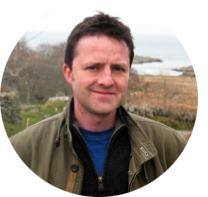The first signs of spring are a welcome sight after the dark, cold days of winter. In the UK, the first signs of spring are signalled by the sound of birdsong, buds on trees and early spring flowers, such as snowdrops. Why not throw off the last of the winter blues and head on out into the countryside so see if you can spot some of these precious signs of the new season.
Our expert spring wildlife guide explains how to identify the season's best wildlife spectacles and best places to see them in the UK.
Spring wildlife spectacles to spot in the UK
Delicate blooms of lady's smock

The small, delicate, soft-lilac blooms of cuckoo flower appear along ditches and other wet places at the end of March in southern Britain and can still be found in bloom until June in more northerly areas. Cuckoo flower is the main food plant for the orange-tip butterfly and where the flowers are thick on the ground, you may find exciting numbers of this early spring butterfly swirling above and engaged in the vital quest to mate.
The origins of its alternative name, lady’s smock, are unclear though might be a slightly oblique reference to what young people once got up to in spring meadows.
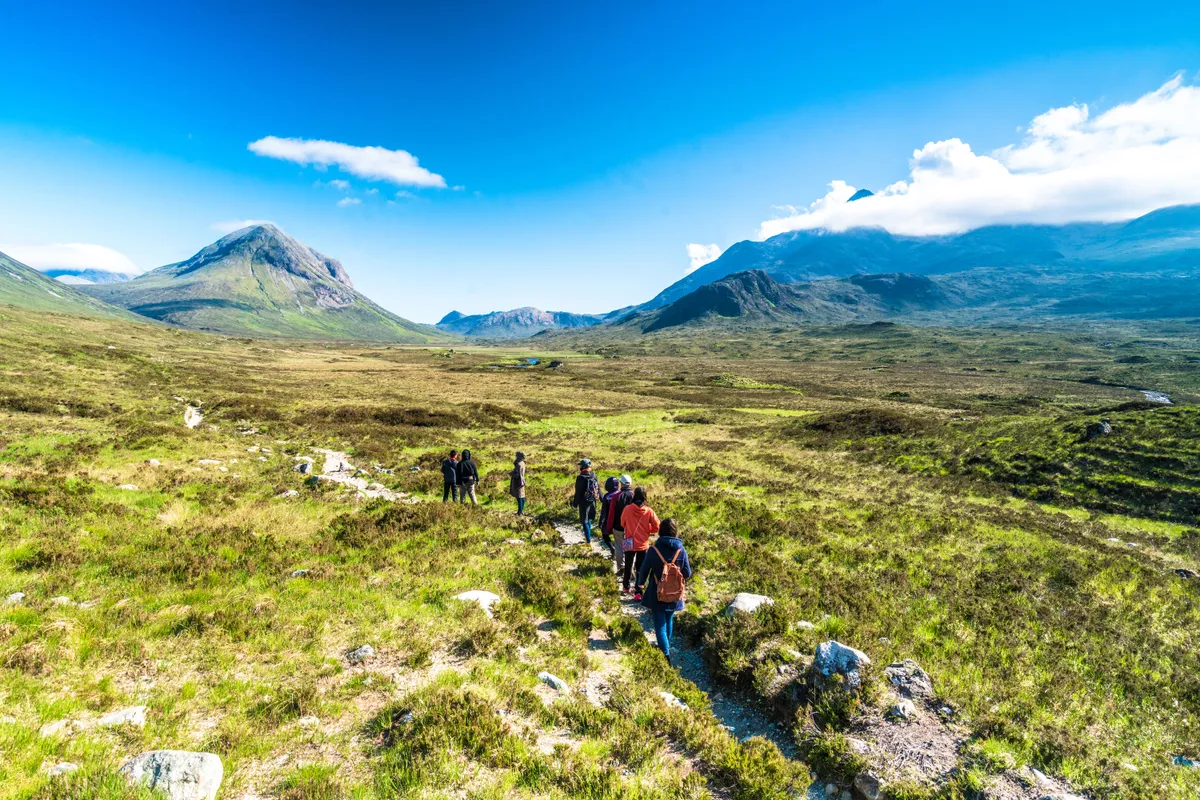
Golden trumpet of wild daffodils
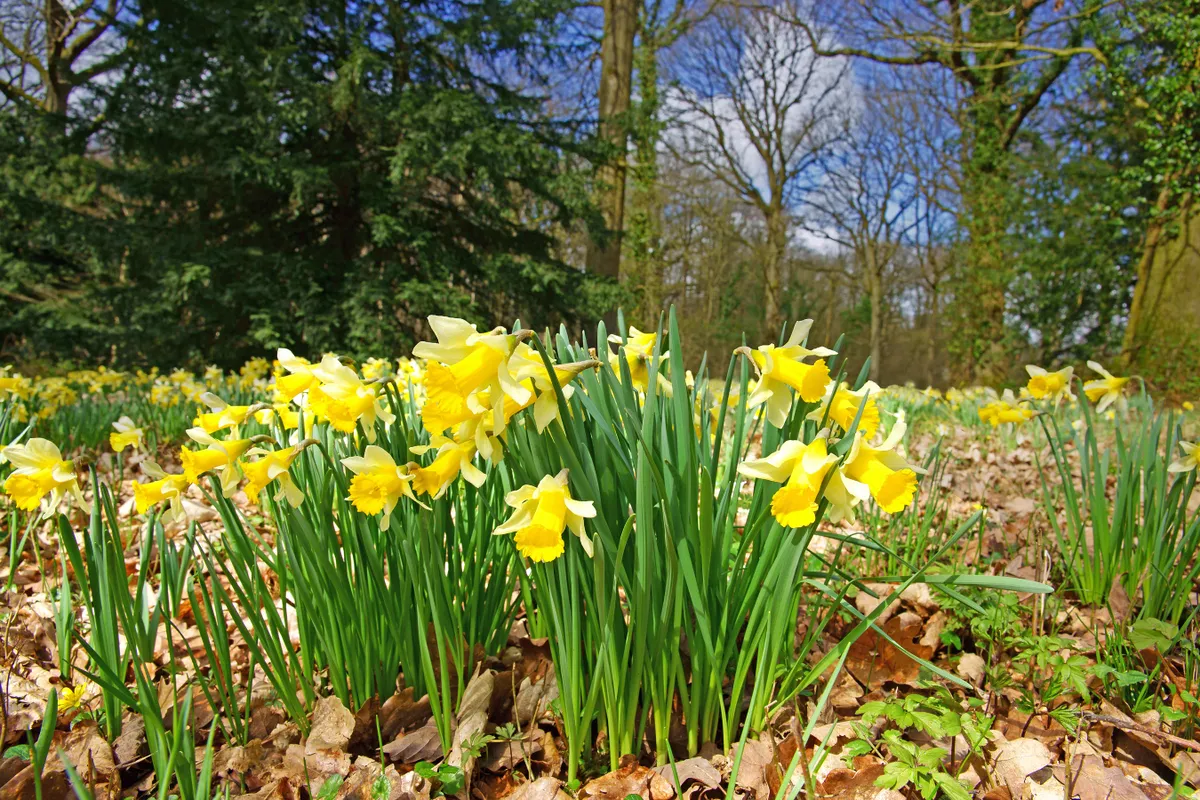
This more delicate ancestor of the daff that we all know and love can be distinguished by its small size and its paler petals around a darker yellow trumpet.
A few fields and woods near the attractive town of Newent on the Gloucestershire-Herefordshire border are among the last strongholds of the native daffodil. This areas was once known as the 'golden triangle' – roughly between the villages of Dymock, Oxenhall and Kempley – because of the abundance of flowers, which attracted human admirers from miles around. Even today there is a daffodil festival in mid March in Kempley. One of the best places to see wild daffs here is Vell Mill daffodil meadow managed by the Gloucestershire Wildlife Trust.
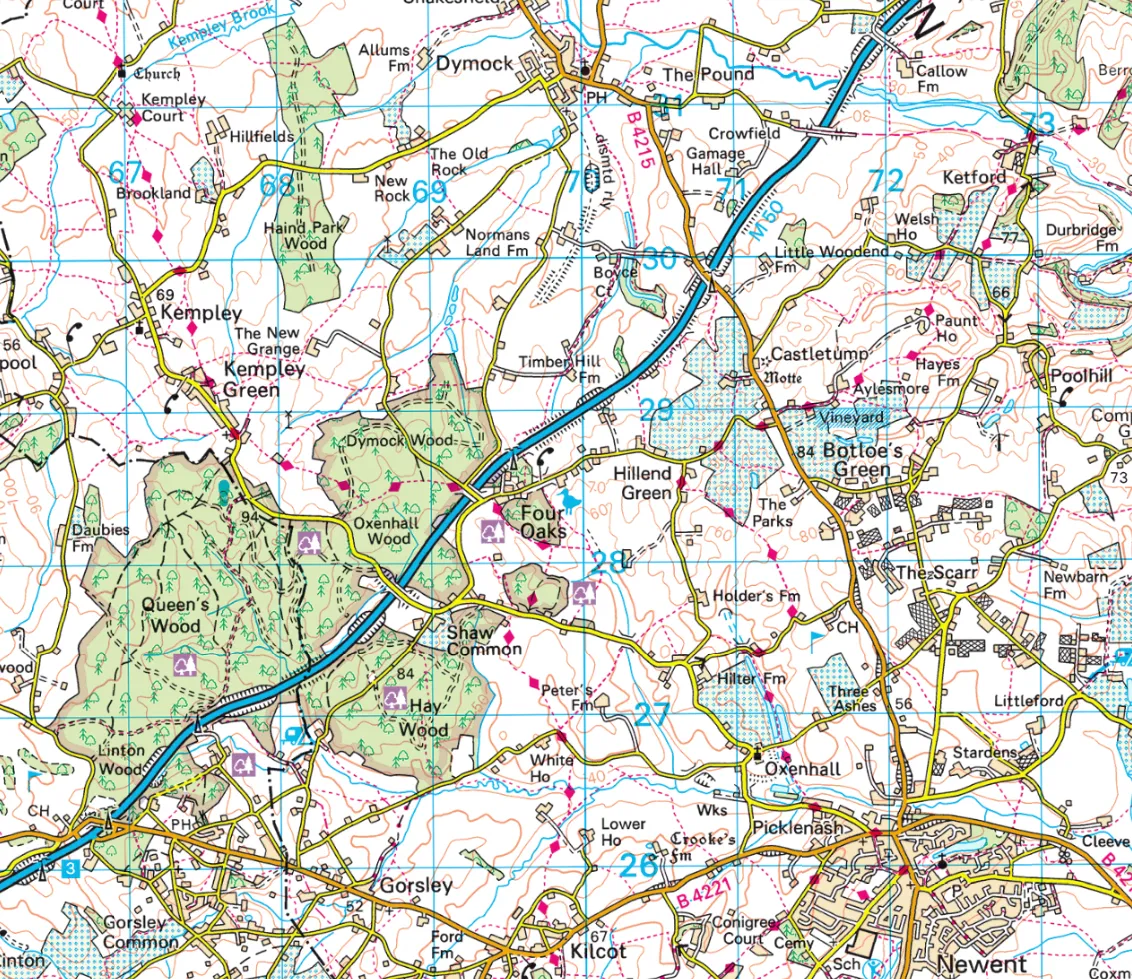
Wild daffodils were once abundant but have vanished due to loss of suitable habitat. But with luck you may also stumble on them in the Black Mountains of Monmouthshire just over the border in Monmouthshire, and also the Lake District and quiet lanes in Devon.
See Britain’s best daffodil walks
Great tit's joyful song
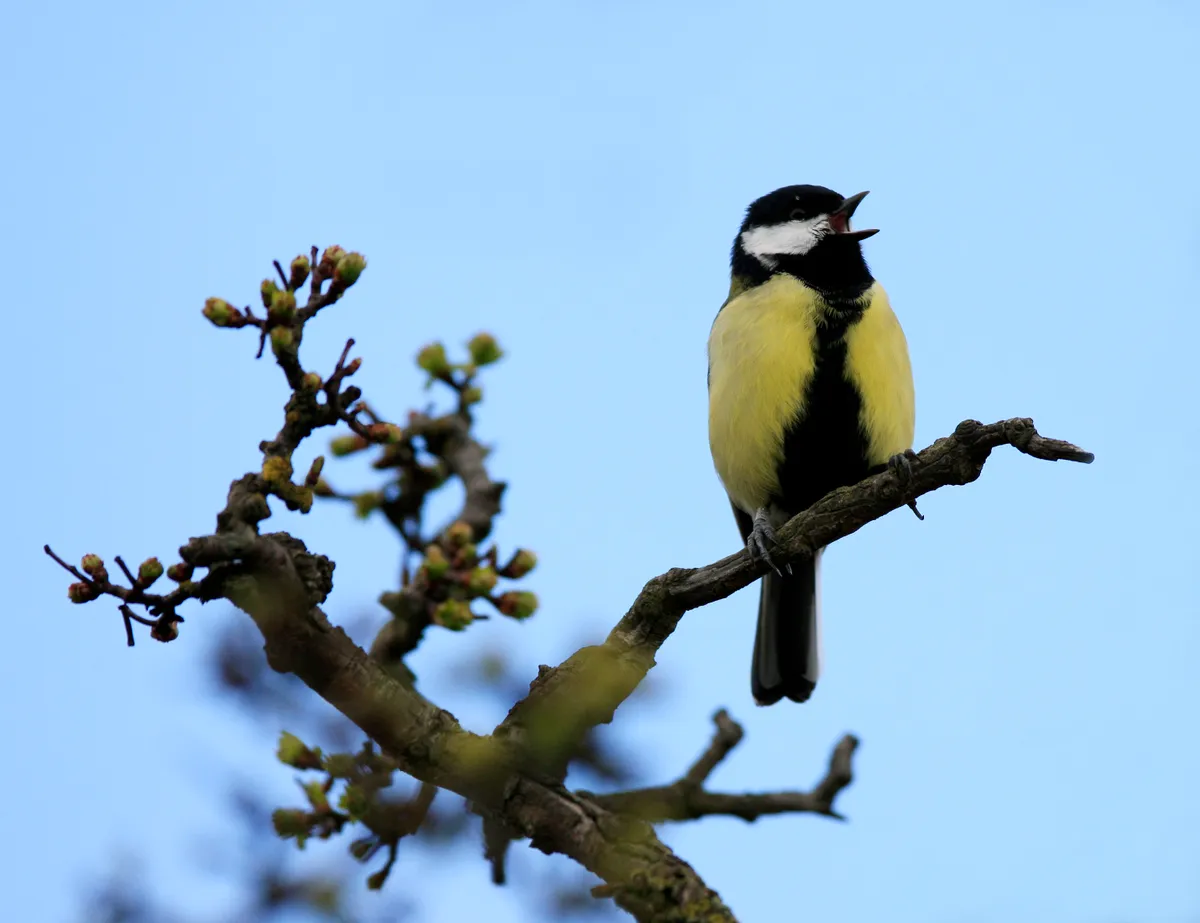
As early as warmer days in mid January, great tits tentatively sound out mates and neighbours with a clear, two-note call tee-cher, tee-cher, tee-cher. It’s a spirited, hopeful call that grows stronger in March though begins to lose its power by late April as the bird leaves the stage to feed its first brood of young.
In its place, other species – especially woodland migrants such as blackcaps, willow warblers and chiffchaffs – fill the airwaves alongside native blackbirds, songthrushes and robins.
Learn more about Britain's tit species
Badger cubs emerge

Female badgers are called sows, and they usually give birth in February. Deep in the womb-like safety of the sett, the youngsters grow over the next six weeks or so, gradually exploring the tunnels and chambers as they gain in confidence.
Where to see badgers
They make their first tentative visits to the outside world at night in mid to late April, closely protected by their mother. They are playful and boisterous and venture ever further as they grow stronger. The adult badgers feast greedily on earthworms brought to the surface by the warmer weather and the youngsters learn from them. It is the perfect time to go badger-watching.
Learn more about badgers in our expert guide
Chiffchaffs arriving
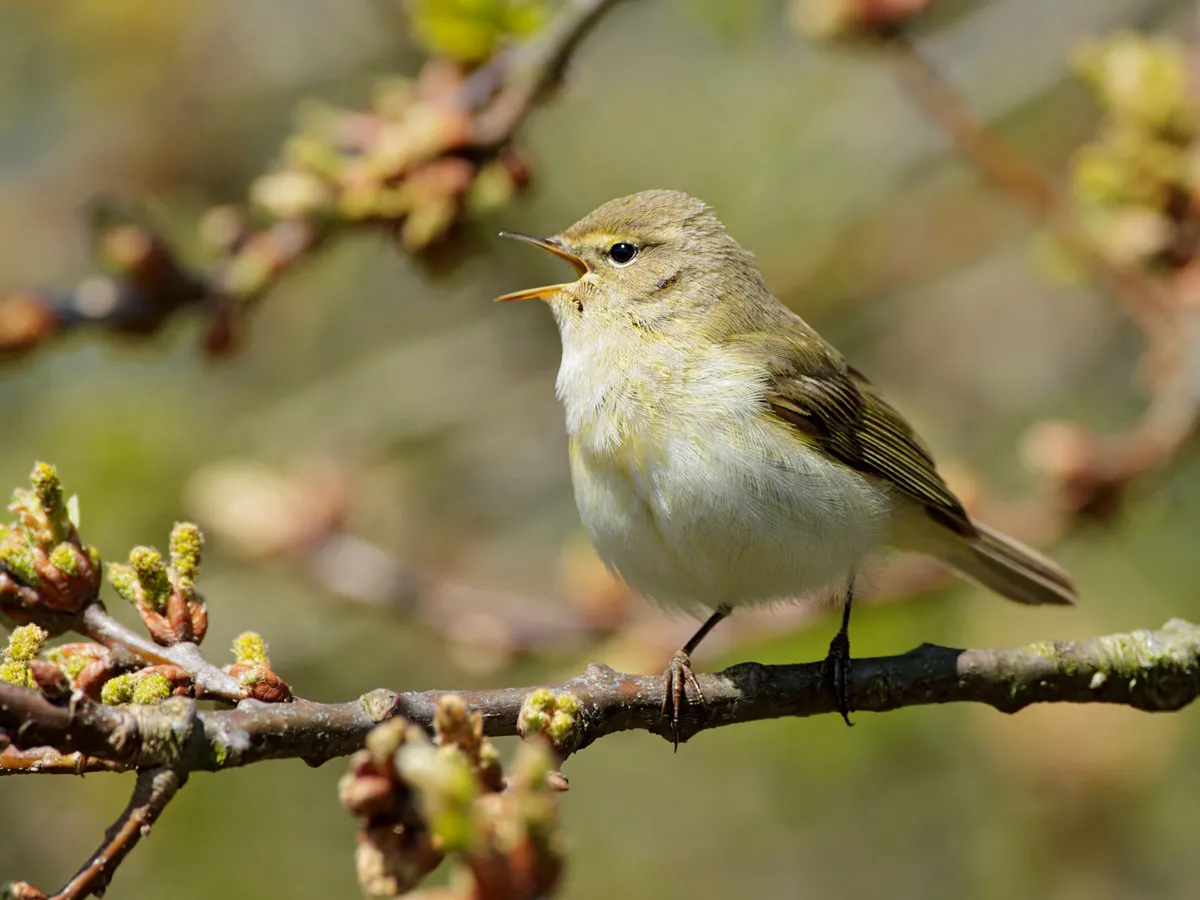
Along with the sand martin, the chiffchaff is just about the first summer visitor to return to Britain from its winter feeding grounds around the Mediterranean and North Africa. Its two-note song seems to pop winter’s bubble and heralds warmer, longer days of joy.
While the voice is distinctive, the bird is less so – but the still leaf-less trees can help you pinpoint this diminutive olive-brown singer. Between songs, the chiffchaff forages avidly for spiders and other early spring invertebrates.
Brimstone fly-by
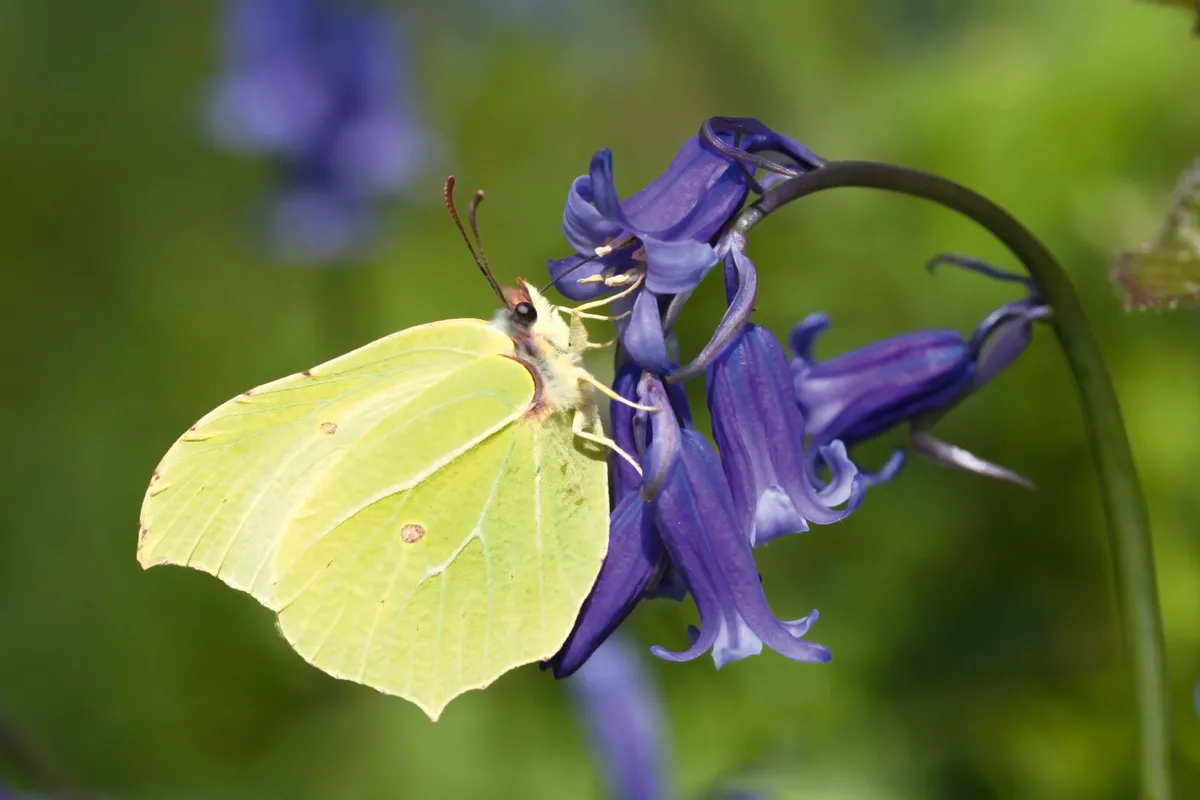
This gorgeous yellow flying-handkerchief of a butterfly is one of our earliest to appear. Warm March days stir it out of hibernation and into wandering over gardens and along woodland rides and meadows looking for early flowers to feed from. While the male is a bright buttery yellow, the female is pale green but both look remarkably like leaves when at rest, which proves a useful camouflage from birds.
Unlike many UK butterfly species, brimstone numbers are stable and it has even increased its range northwards in recent years, potentially due to climate change. Brimstone caterpillars feed on buckthorn and alder buckthorn leaves and the next generation emerges in August.
Learn more about common butterfly species seen in the UK
Britain’s best spring walks
The arrival of the spring equinox signals the start of longer, warmer days and the countryside is awash with colour and wildlife. A perfect season for hiking, here is our guide on the best spring walks in Britain.
The first buzzing of tree bumblebees
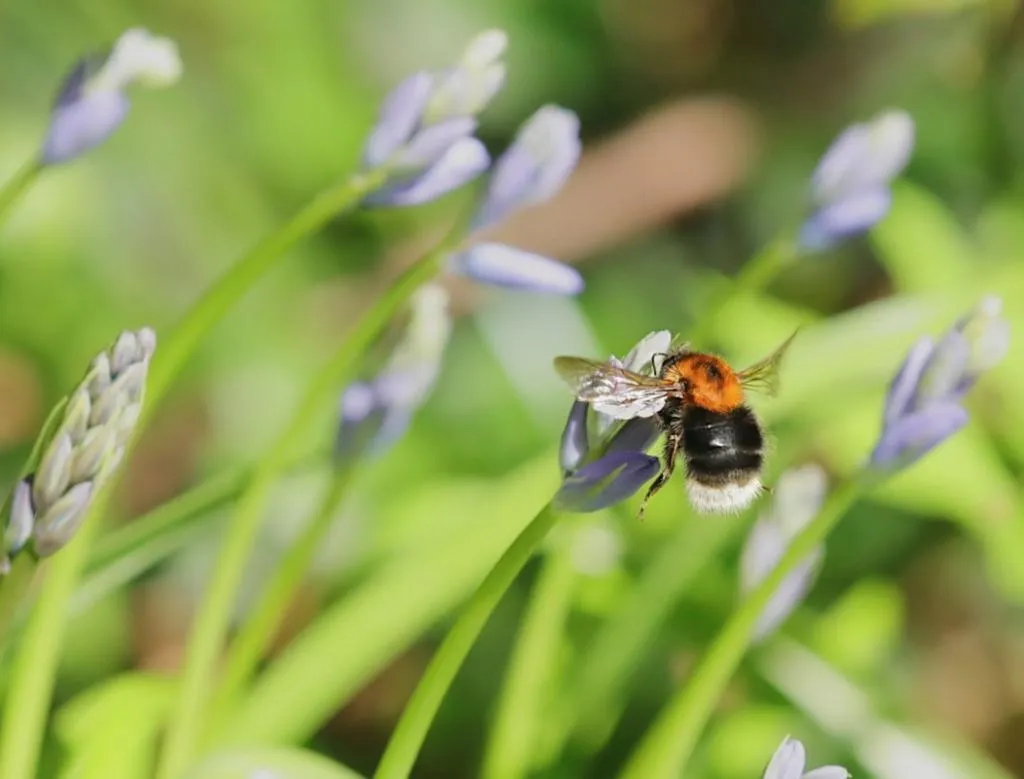
This species of bumblebee is relatively new to the UK, first identified just over a decade ago in Wiltshire, arriving from mainland Europe. They have become more abundant throughout the country due to the installation of bird boxes, which create an ideal nests for these spring pollinators.
How to identify a tree bumblebee
They are easily identifiable by their tawny, black and white banding - quite different from the bright yellow of your traditional Garden bee.
Frothy blackthorn blossom
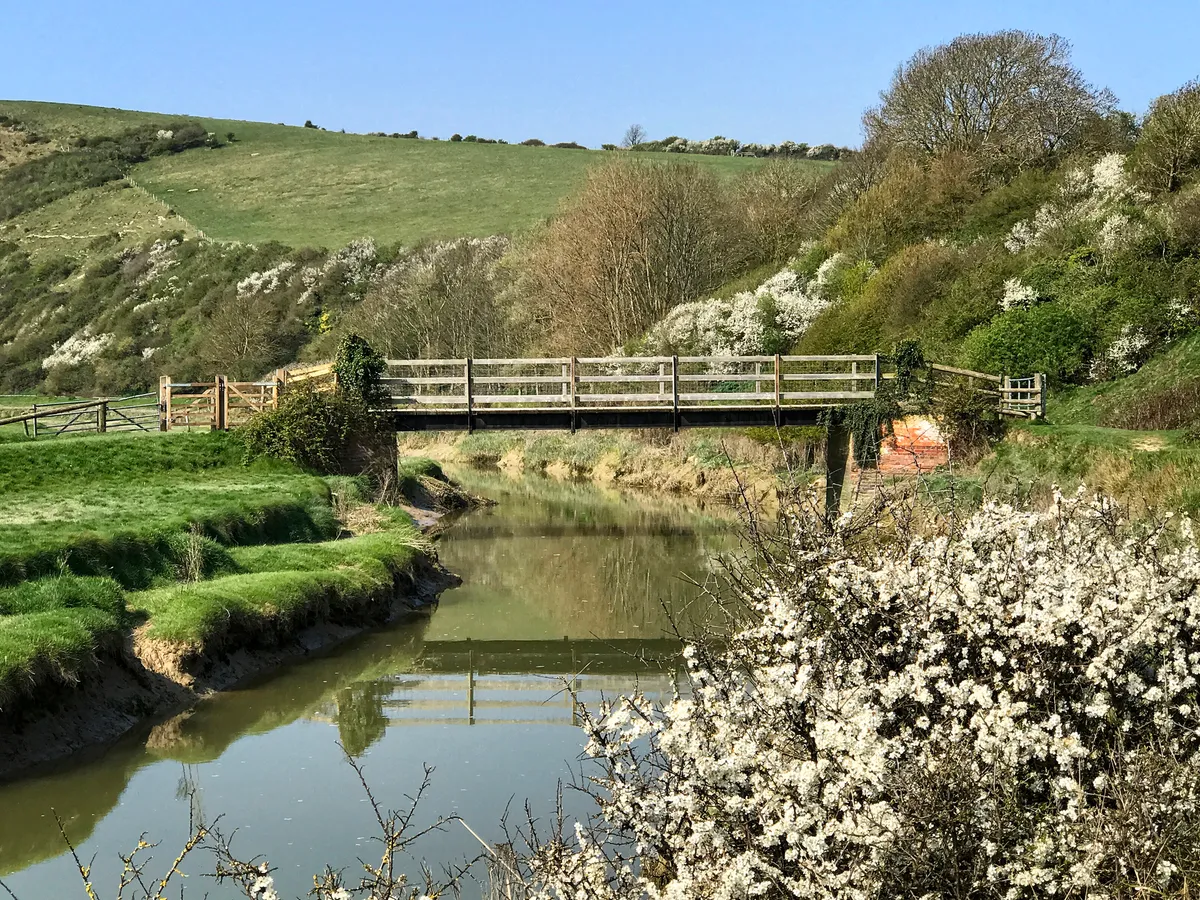
Tiny, frosty white flowers cover our hedgerows from early March and are an important early source of nectar for bees and other insects. As the insects forage, they pollinate the flowers and by autumn these will have developed into tiny plum-like fruits that we call sloes. The blackthorn, as its name suggests, fiercely protects its wares with sharp spines up to 3cm long – sloe hunters beware. Blackthorn leaves are feasted on through the summer by a number of butterfly and moth caterpillars, including black and brown hairstreaks.
Wild garlic aroma
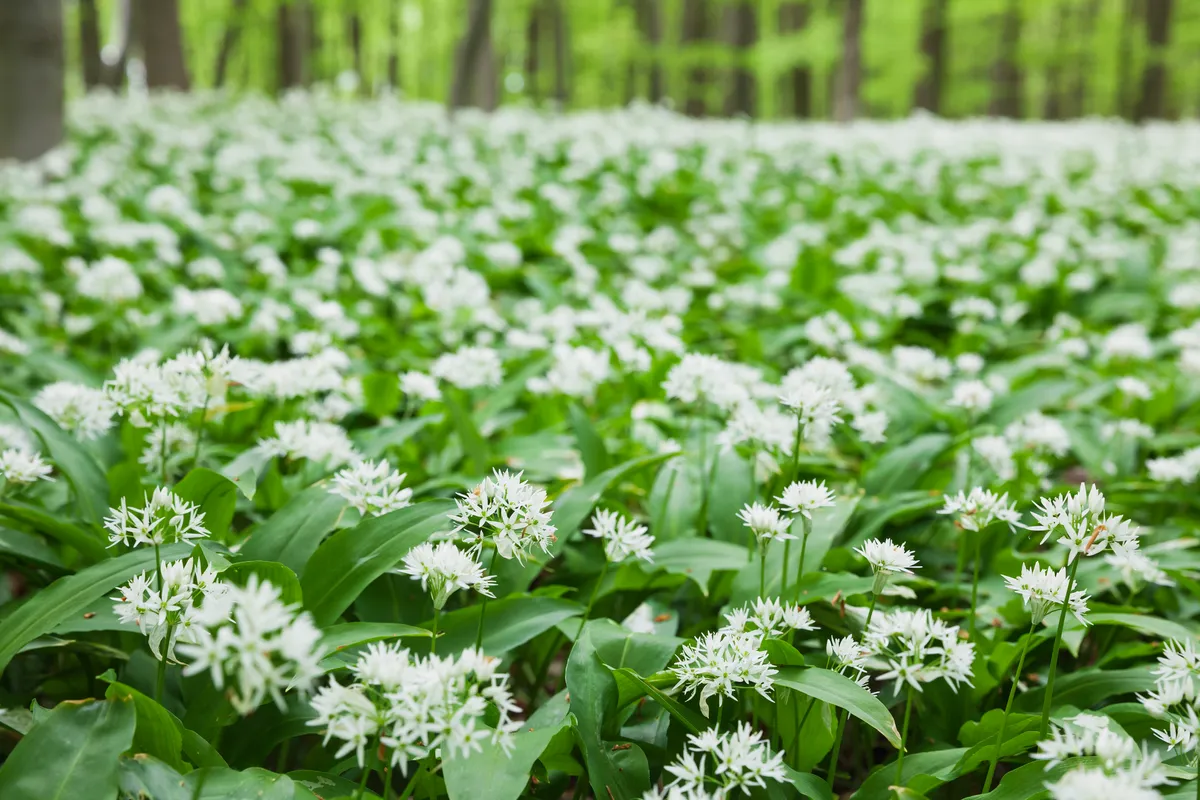
Green spears thrust from the woodland floor this month as ramsons – wild garlic – has its moment in the sun. In some damper woods, especially alongside streams, ramsons can dominate, emitting a powerful garlicky odour. The taste is mild and the leaves make a fine addition to sandwiches and salads. As spring progresses, bright globular flowerheads emerge, providing a beautiful contrast to bluebells where the two species cohabit.
How to identify wild garlic
Flowering from April through to June, wild garlic blankets the forest floor of the UK's woodlands. Blooming just before bluebells, wild garlic is distinguishable by its smell rather than its appearance.
The star-shaped flowers clustered at the end of a single long stem differentiate the edible plant from its woodland neighbours; Lily of the Valley is a poisonous lookalike of wild garlic and they often are mis-identified due to their similar leaf shape.
What to do with wild garlic
Like the domesticated alliums, ramsons are edible and the leaves are an excellent addition to a cheese or pate sandwich. Dig up the bulbs and use like garlic, and save the flowers- they make a beautiful edible decoration to savoury dishes.

Whizzed up with walnuts, olive oil and a few tablespoons of parmesan added after, the leaves also make a delicious wild garlic pesto.
Find out more about foraging and cooking with wild garlic in our expert guide
Great crested grebes courting
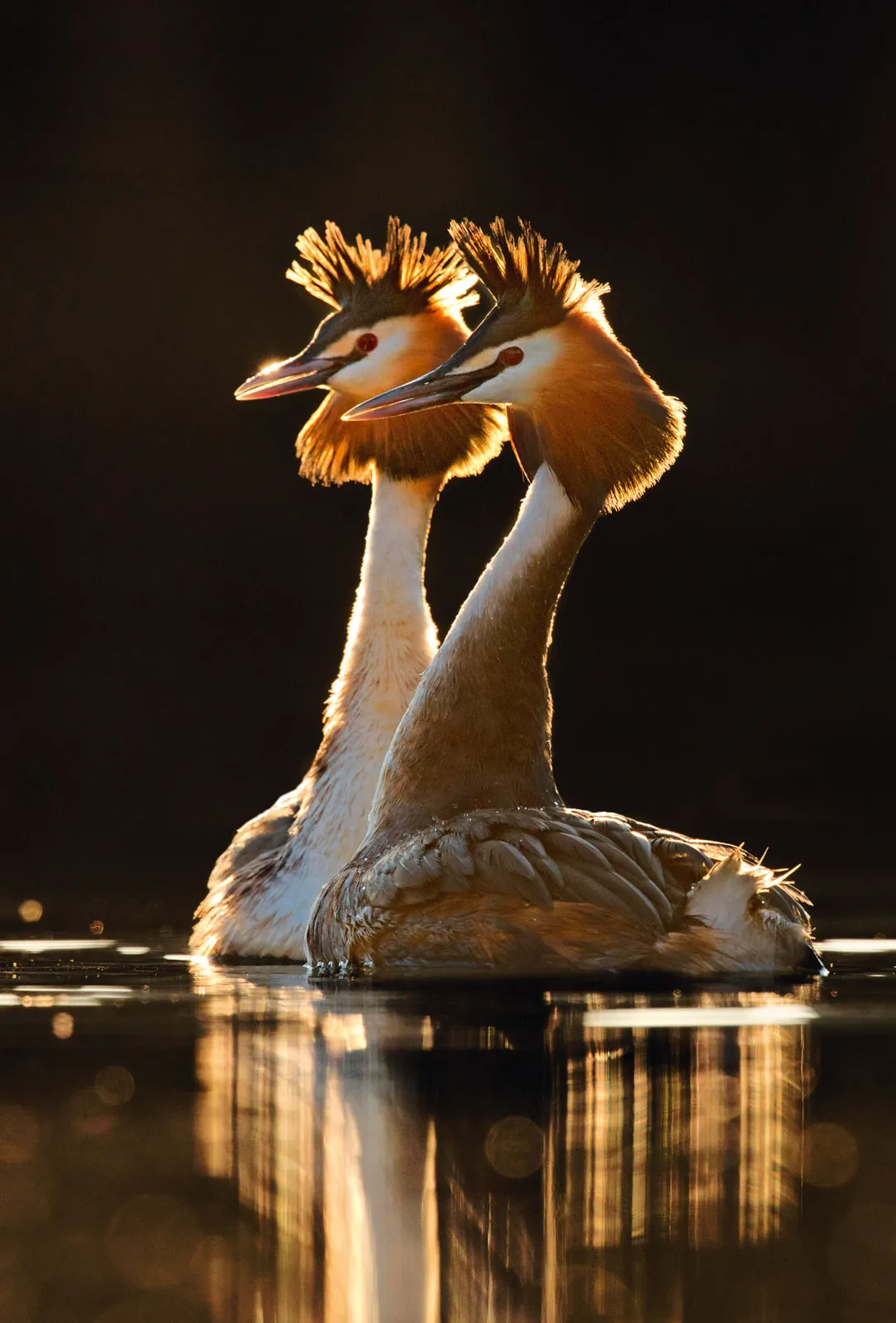
There’s something of the Strictly Come Dancing waltz about the courtship ritual of great crested grebes. Look out for the immaculately synchronised weaving, bobbing and parallel swimming of the resident pair on brightening up your local park lake or reservoir. The male will even dive and offer his partner water weed and the dance finale involves a frantic paddling manoeuvre where the birds appear to run on water.
Dog-violets in bloom
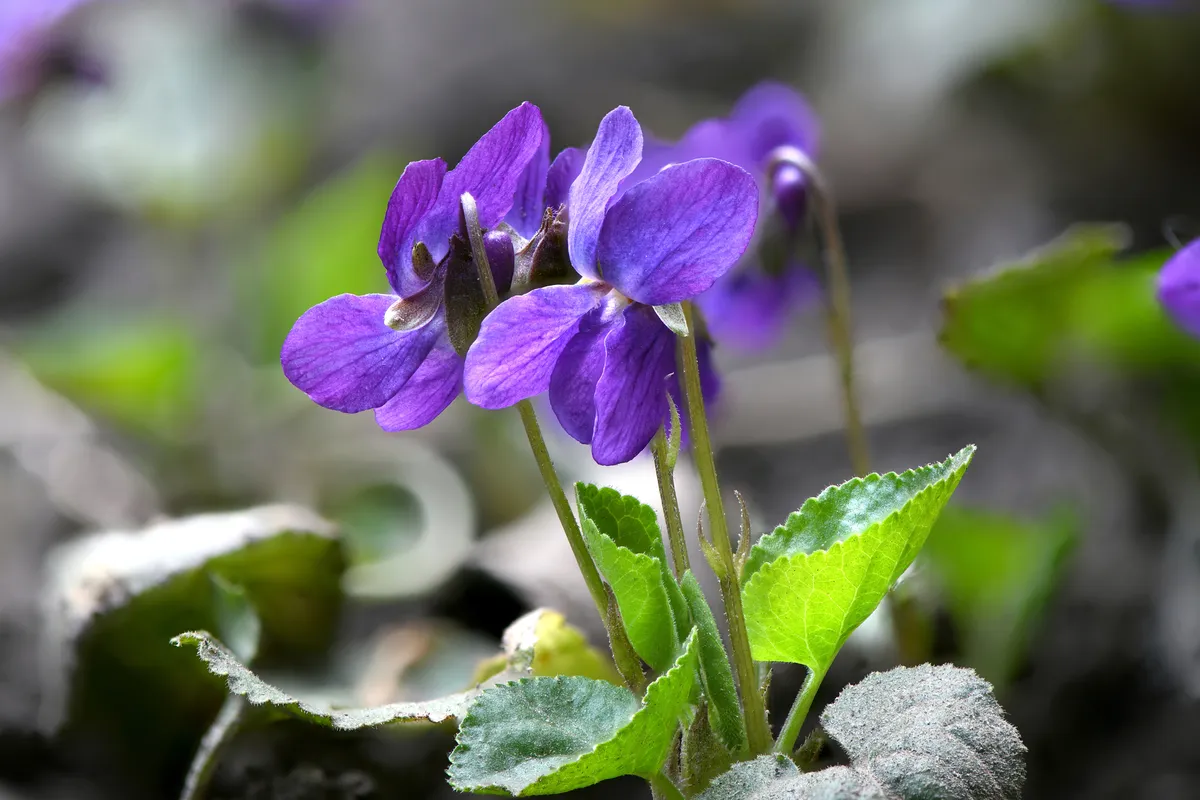
These discreet flowers are easily overlooked by those on a mission pounding along country lanes and beside hedge banks. But if you stop to look along the ferns and grasses, you’ll soon see dozens of these glorious little blooms.
Early dog-violets can be spotted in March, followed by common dog-violets and sweet violets. The latter prefers more open sites – in old pasture and churchyards – and is easily distinguished by its attractive aroma, which in medieval times was used to freshen up the household. Dog-violets have no scent.
Goat willow explosion

Silken, silvery catkins, known as ‘pussy willow’, are the male flowers of the goat willow, our most common willow species. They first emerge in late January, one of the earliest signs of spring, and fully open up in March, becoming a brilliant yellow and attracting every pollinating creature in the neighbourhood. On a warm late March day, a goat willow is an excellent place to pause and see who’s about in the insect world. Goat willows can be found in wetlands, along ditches, park lakes and even urban wasteland.
Learn more about catkins in our expert guide
Frog spawn conjuring trick
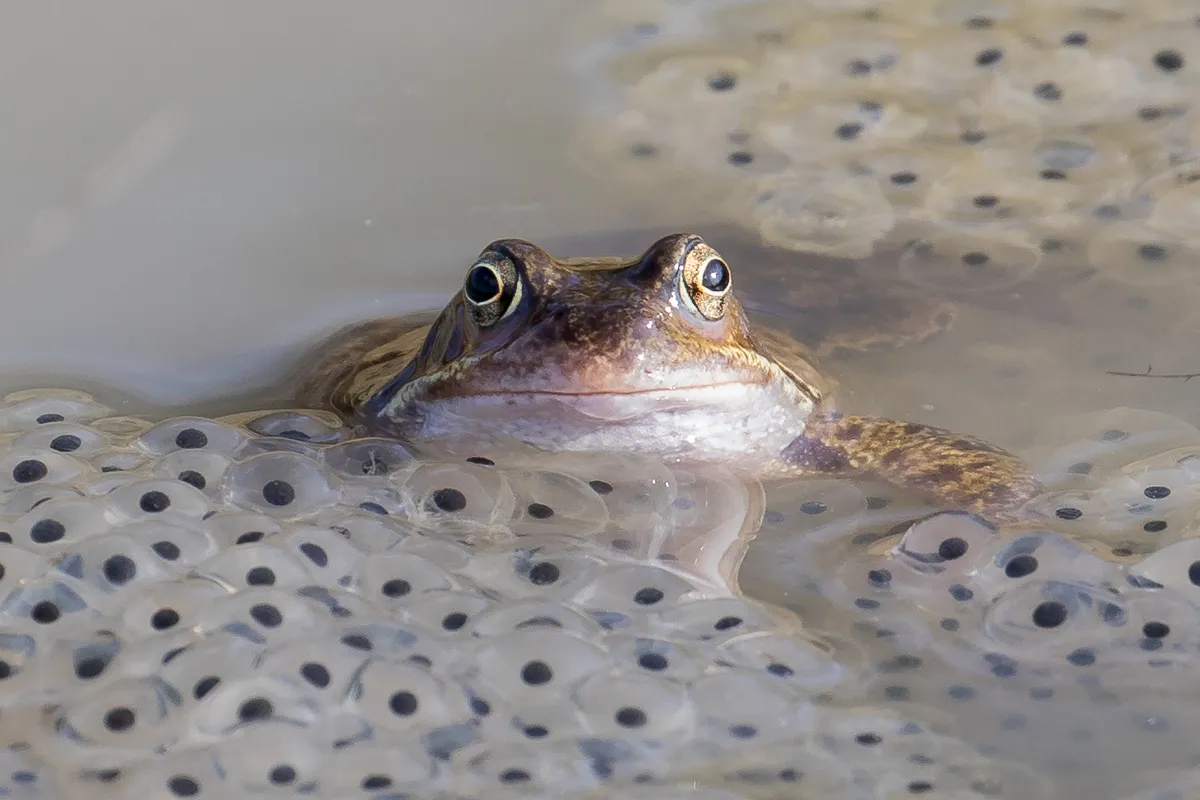
While it might still feel like hibernating weather to us, mid February may see stirrings in the garden pond. A plop and sudden ripples as you approach mean that frogs have woken from their slumbers in the pond-bed mud and are in the preludes of mating. Spawning happens overnight so you might awaken to find you’ve missed all the action – billowing clouds of bubbly spawn fill the pond margins and the frogs sit around smoking their metaphorical post-coital cigarettes. Keeping watching the spawn though. The transformation of the black dots within into viable living things never loses its magic.
Guide to frogs and toads: when do they spawn and how to care for them
January and February is a key time for frogs and toads as they spawn in ponds across Britain. Our expert guide to frogs and toads explains what to look out for and how to care for the amphibians in your garden.
Good hare days
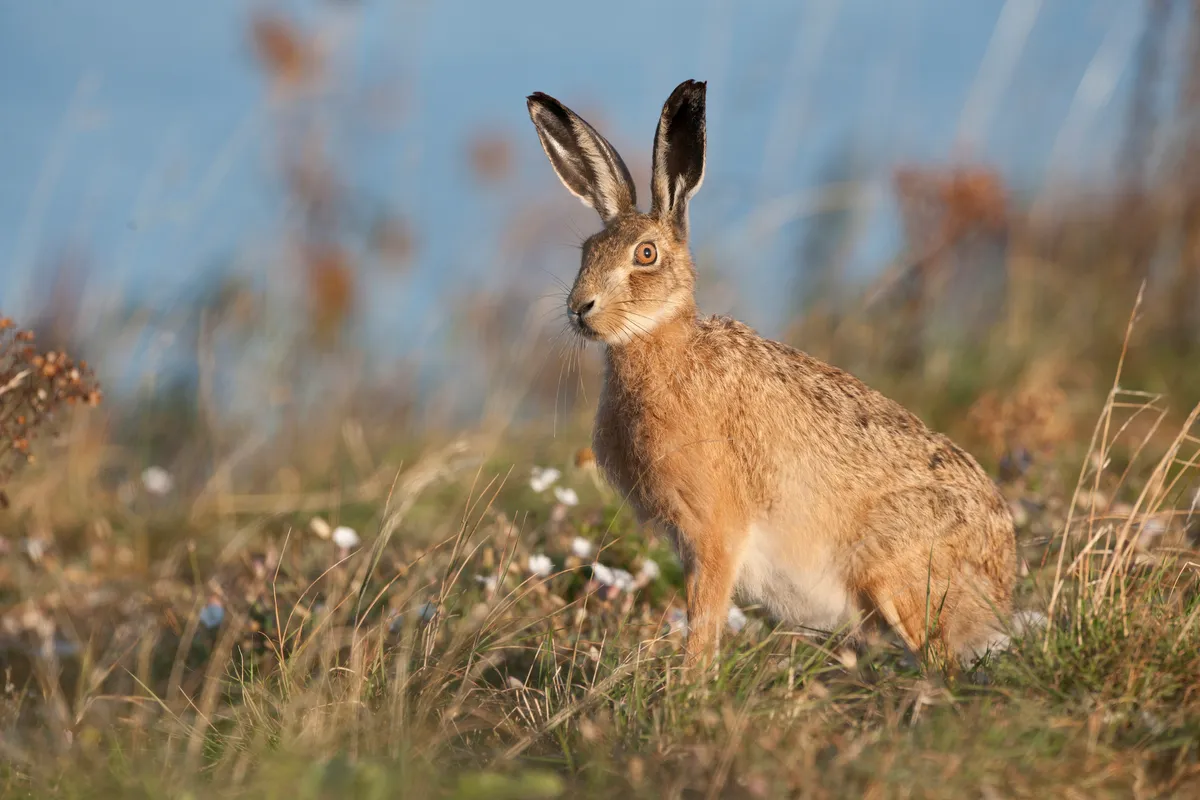
The new growth of grasses, herbs and wildflowers is a massive boost for hares in spring. They do not hibernate so, being large and active mammals, they need a constant supply of food throughout the year – something that only habitats rich in native flora can provide. As these have become rarer, so have hares. But now is one of the best times to see them – before the vegetation has grown high enough to hide them. Look for hares silhouetted on downland ridges or running, antelope-like, across fields of autumn-sown cereals.
Boxing March hares
This spring see one of Britain’s greatest wildlife spectacles – boxing March hares. Our guide to explains why and when hares box and the best places to see in the UK.
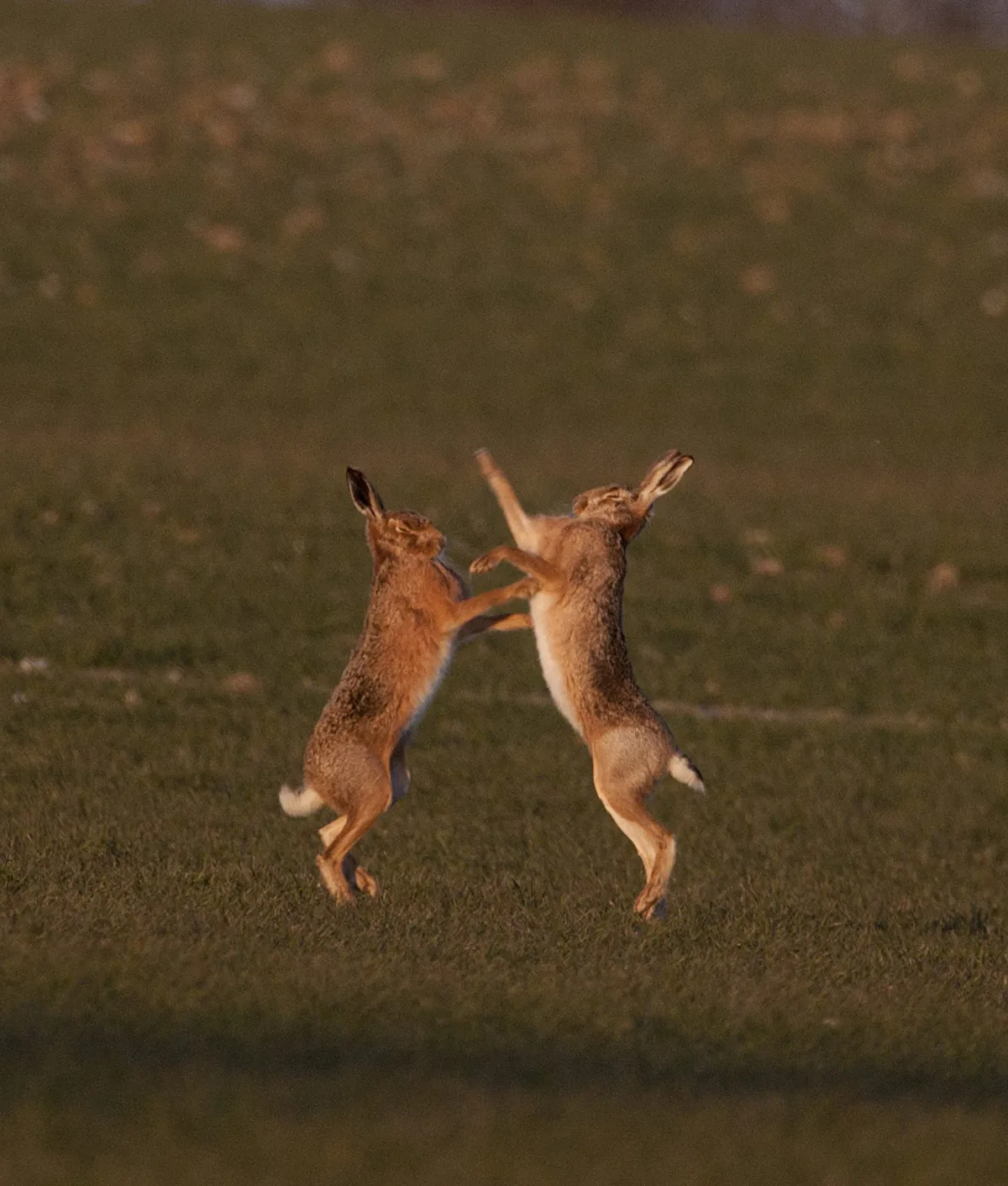
Bluebells ringing
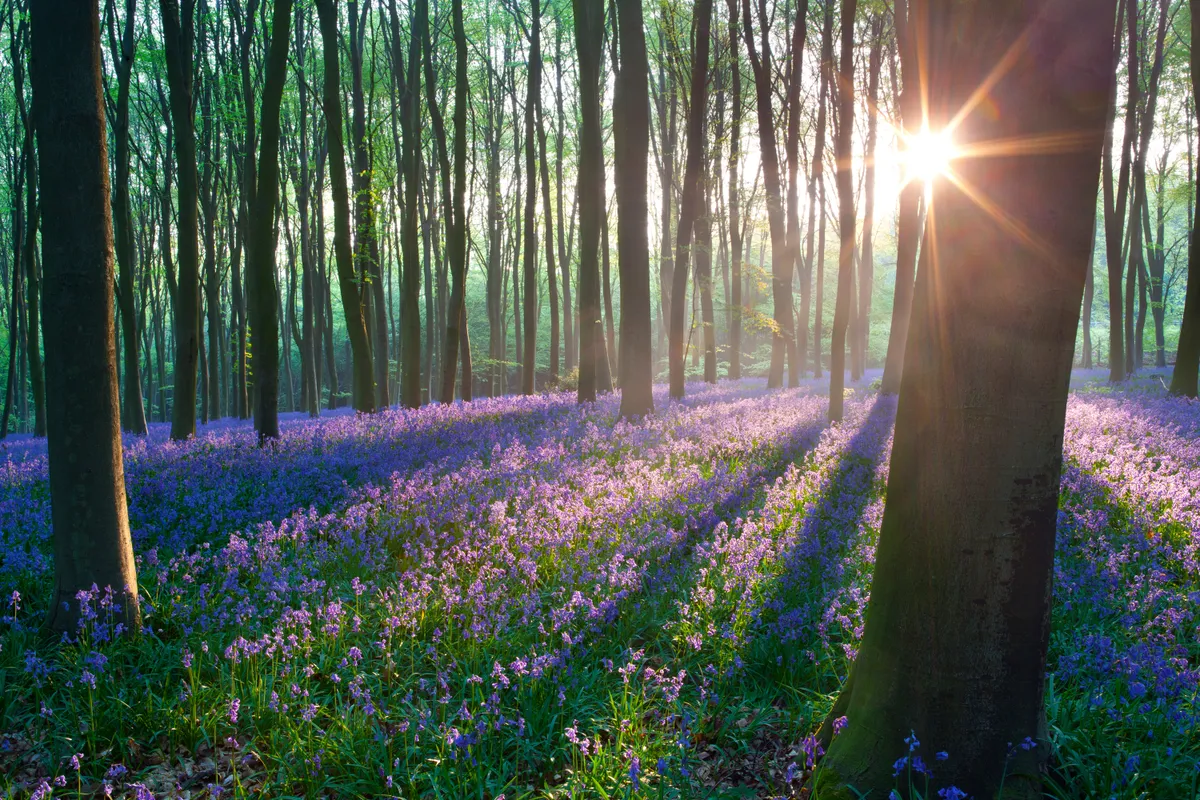
Bluebells flower in April and May and in the UK and there are two types of bluebell which grow wild. These include the native bluebell, which is also known as the English or British bluebell, (Hyacinthoides non-scripta) and the Spanish bluebell (Hyacinthoides hispanica), which can now be found across much of Britain.
One of the most welcoming signs of spring, make the most of the bluebell season this with our bluebells guide – learn when bluebells flower, how to tell the difference between English and Spanish bluebells and the best places to see.
Crocuses spring up

A Dutch breed, C.vernus was introduced to produce the variety of petal colours we see today. These delicately veined flowers spring into life from March, adding a vibrant splash to the yellow of traditional spring Daffodils.
These crocuses have larger bulbs than their English cousins and thrive in thick grass and woodland moss.
Oil beetles emerge

There are four species of oil beetle found in the UK; black, violet, rugged and short-necked. They are flightless beetles which release oily secretions when distressed. Despite their name, the black and violet oil beetles may have a black, blue or purple shine to their abdomen, identifiable only by the texture of their thorax. A female is photographed above, identifiable by her enormous abdomen which swells when she eats or is ready to lay eggs.
These stunning insects have a one of the most complex life cycles of the insect world After hatching in the soil, the larvae of oil beetles must quickly find a food source - pollen being the preferred choice. Larvae position themselves in a spring flowers, awaiting a mining bee to catch a ride on. They are then transported back to the nest where they munch their way into adulthood, before emerging with the other hatchlings to start the whole cycle again.
Delve into our British beetle guide for more detail on other species
Japanese cherry blossom
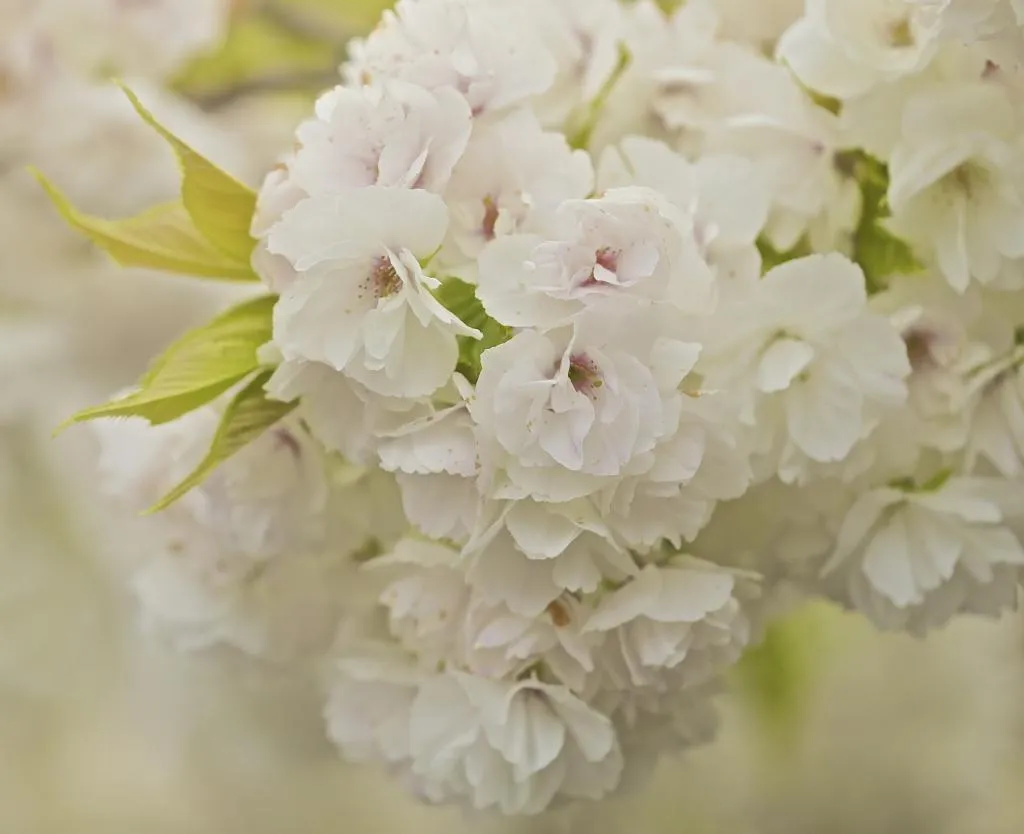
Blossom is a key features of spring. Japanese Cherry blossom is one of the most popular garden trees in the UK, their flowers varying from bright white to deep pink. These trees bloom from early April for just 14 days before leaves begin to grow.
There is a great deal of symbolism in the blossom cycle in Japanese culture; the flowers represent the fragility and beauty of life while the annual cycle of blossom to leaves is a reminder of renewal and optimism.
How to identify spring blossom

As light flows slowly into our woodlands and hedgerows, once-bare branches begin to bloom. The brief blossoming of rowan, wild cherry and hawthorn is a magical spectacle, wreathed in ancient folklore. Our guide on how to identify spring blossom found in the UK and best places to spot blossom.
